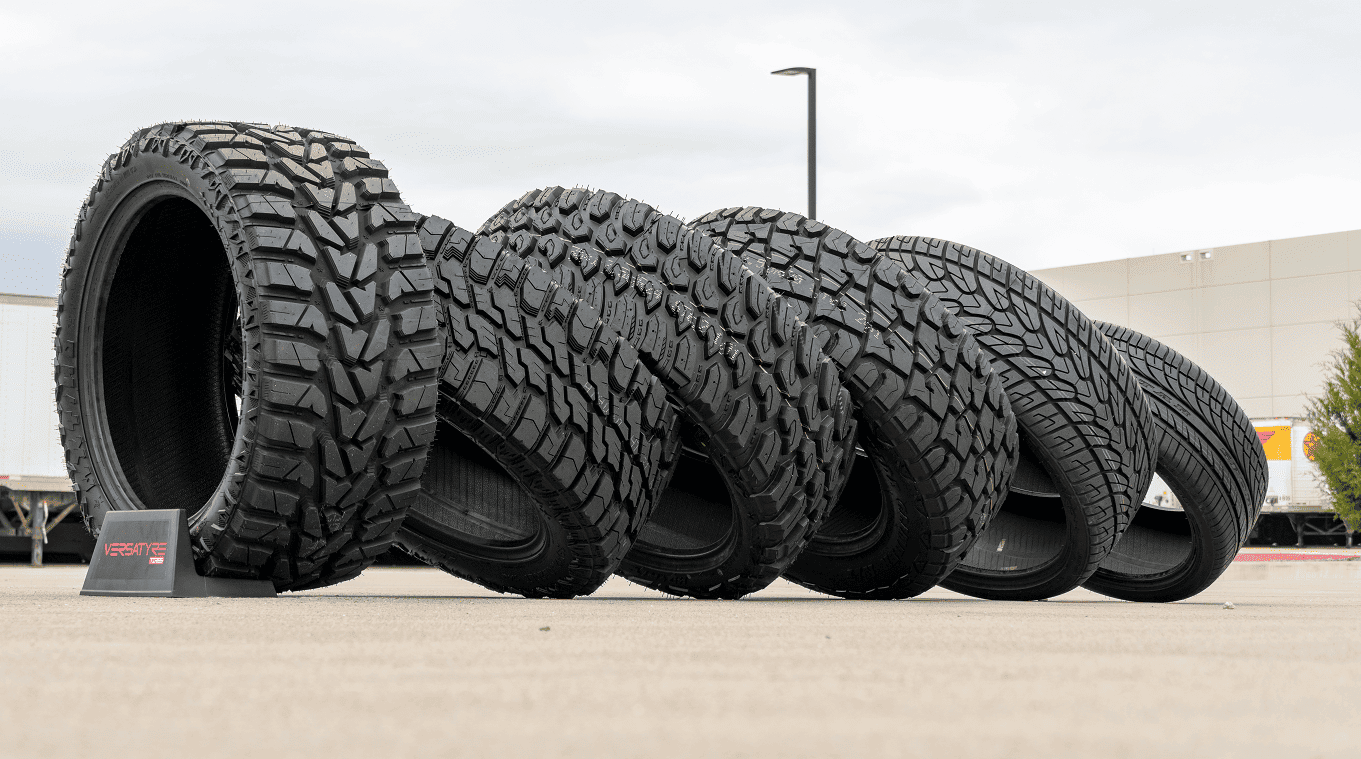
It certainly does. Tire size and speedometer accuracy are inseparably linked. Upsizing or installing a taller tire will result in a slower speedometer reading than your true speed, and vice versa.
If you truly want to change your car’s original tire to the Best All-Terrain Tire and different wheel sizes, you must take several factors into account. You can’t simply buy a larger wheel and tire and expect your car to drive similarly. Your car was designed to run on the specific wheel and tire sizes. Changes to either can cause a chain reaction of controlling and mechanical issues if not carefully planned for.
When you buy a car, you might also want to customize it to best fit your everyday driving needs. It’s critical to understand that the vehicle you purchased, assuming it’s brand new without any previous modifications, was built and optimized in a specific way. If you intend to replace your tires with larger or smaller ones, you must consider this. Knowing how All-Terrain tire size impacts speedometer accuracy might very well help in understanding best what tires to look for.
Because of the size of your wheel, your car was designed specially to register your speed. It accomplishes this by calculating your speed based on the rotations of your wheel. For example, if you swap your All-Season Tires with larger ones, it will take longer to complete one rotation.
Because one rotation takes longer, your speedometer will read slower than your actual speed. This occurs because it still considers you have a smaller tire on and is going to base its estimations on that.
Consider the overall diameter of your wheel. If you keep your new tires inside the actual diameter, your observations should be exactly accurate as before. If you choose a low-profile tire, you must compensate by using a larger wheel.
A difference in the size of less than 5% is acceptable because it will be nearly imperceptible. Anything above that threshold increases the likelihood of incorrect speeds. However, if you want bigger Off-Road Tire Sizes than your originals, you must have your car reconfigured to the new size.
Larger wheels will improve your car’s stability and shorten the braking distance range. A bigger size means the tire or wheel will be heavier, and as a result, speed will be affected during acceleration.
Among the most common issues that a change in the wheel and tire size can end up causing is an incorrect speedometer. A larger tire has a larger circumference and needs minimal rotations as you drive down the road. Because the tires rotate more slowly, the speedometer registers a lower speed.
For starters, larger All-Season Car Tires are typically much heavier. Adding four large and heavy tires to your car will add a significant amount of weight. That extra weight can reduce acceleration and increase fuel consumption. It could also put additional stress on your brakes as you try to slow down.
When swapping out wheels and tires for a bigger wheel, you should always keep the original tire’s overall diameter (OD) in mind. To maintain the OD near to the same as the wheel/tire combination being replaced, a lower profile tire must be mounted on a larger wheel. There should never be greater than a 5 percent difference in OD from the original tire. A large variation may have an impact on the gearing and proper functioning of the vehicle. Furthermore, any change in tire OD would then give you an incorrect reading of distance and speed on your speedometer.
When your car was new, the factory scaled the speedometer to match the actual size of the desired tires. The inner diameter of the tire will increase if you switch to a taller tire. This means that one tire rotation will start taking you even farther on your new tires than that on your old tires. If the speedo was never readjusted with the new tires, it will show a relatively slow speed than the one you’re traveling. For example, if your tire was 3 percent bigger, the gearing and functioning of the car would be fine, but your speedometer would read 60 mph when you were traveling 63.3 mph.
A road test is a simple method for determining the correctness of your speedometer. Highway mile markers display the distance traveled per mile. Having a timer in the car is the simplest and most effective way to do this test. Set your vehicle control to 60 miles per hour and start the timer when you hit the mile marker. The next mile marker should be passed in around 60 seconds. To be certain, take the exam 3 to 4 times and aggregate the results. Your odometer should be readjusted if the average time is off by over three seconds. If you replaced the wheel and tire package, the OD and the associated difference in rotations per mile are most likely to blame.
Start the car and then release the calibration button situated on the speedometer. Press that button again, and then go for a test drive. After you’ve traveled the required distance, push the button again, and the odometer will adjust to fit the new tire size.
Tire size influencing speedometer observations can cause major issues on the roadway and result in unsafe driving circumstances. Know what your vehicle is meant to monitor and make the required adjustments to ensure it is as precise as possible. If you are having trouble correctly balancing your tire-to-wheel ratio, call a local tire shop or specialist. They can assist you to identify what you’ll require to get your odometer operating again using their skilled automotive mechanics.